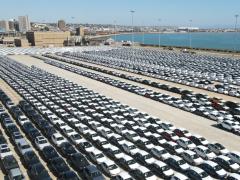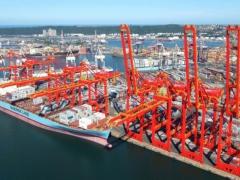New research contradicts claims by local farmers that sheep imports from Namibia are responsible for persistently low domestic lamb and mutton prices.
“The decline in red meat prices is not solely due to these imports, but rather a reflection of broader economic challenges,” states a new research report by three Free State agricultural economists.
“South Africa’s economy is stagnating, consumer disposable income is shrinking, and nearly half of the workforce is unemployed. As a result, domestic demand for relatively expensive lamb has plummeted, leaving exports as the primary outlet to maintain market balance, or reducing production.”
The research was commissioned by the Namibian Agricultural Union and authored by agricultural economists Dr WA Lombard and Danie Naudé from the University of the Free State, and Emeritus Professor Johan Willemse.
The authors point out that Namibia has been exporting to South Africa for some time. The number of sheep produced and slaughtered in South Africa decreased by 20%, from 4.9 million in 2016 to 3.9m in 2023. More of the local output is also being exported.
Over this same period the composition of sheep imports from Namibia has changed, with the number of live sheep imported from Namibia doubling from almost 300 000 in 2016 to almost 600 000 in 2023, with an increase of 180 000 in 2023 alone compared to 2022.
“This is the result of the severe drought in Namibia and will stabilise with good rain expected in 2025-’26. In contrast, the number of carcasses imported has significantly decreased from 320 000 to 88 000 over the past eight years.”
The total number of sheep imports from Namibia, taking both carcasses and live animals into account, however, has remained relatively consistent.
The authors conclude that “the influence of Namibian animals does not significantly affect price levels” in South Africa.
“The challenge is rather that demand for the product has slowed, with almost 1.2m fewer carcasses sold locally in 2023 than in 2016, representing a 23% decrease. However, prices have only increased close to the inflation rate over the entire period but are currently showing de-inflation.”













